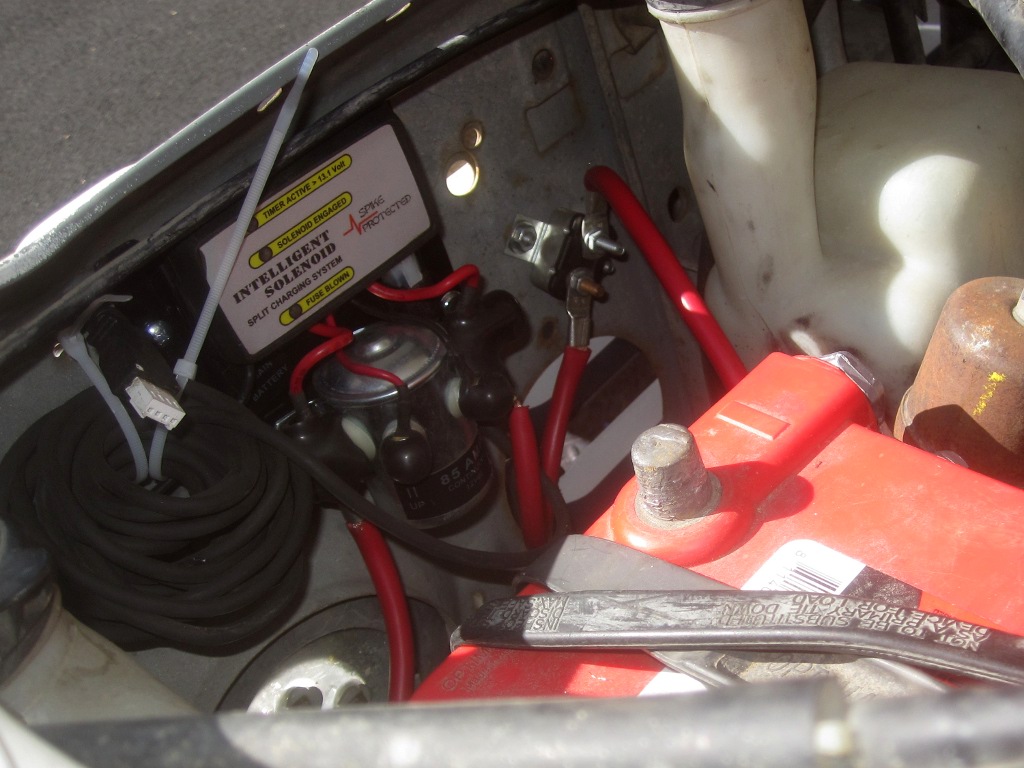
A vehicle’s charging system has several components, including the batteries, the alternator, and the voltage regulator. The vehicle battery is rechargeable and has lead plates connected to each terminal. These batteries are submerged in a mixture of distilled water and sulphuric acid. Thus, the lead dissolves in the mixture when the battery produces electricity and offers an electric current.
A dynamo charges the battery of traditional cars, but an alternator charges that of a modern car. The alternator has a stator that contains a revolving rotor. This rotor is electromagnetic and has a shaft with metal rings. The metal rings and the carbon brushes are in contact to allow a small amount of electricity to pass through. As the electromagnet rotates, it causes high production of electricity inside the coils.
Alternators recharge the battery, and if they fail, the vehicle shuts down. To check Ford alternators, one should start the engine and open the hood. Then one should enter reading on the digital multimeter in the DC volts. Then, touch the negative followed by the positive lead on the multimeter. The correct reading on the multimeter should be 13.7 to 14.7V. If the reading is lesser, the alternator has a problem.
Because the electricity flows as an alternating current, the dynamo helps it to flow as a direct current. If the battery doesn’t receive enough charge, a warning light displays on the dashboard to warn the driver. An ammeter helps one to know the amount of electricity generated.
How the Alternator Works
The alternator has a loop of wire with electromagnetic energy inside of it. The magnet has a north pole that goes to the top of the loop, while the south pole goes to the magnet’s south pole. This helps one direction of an electric current around the loop. The cycle of current flow continues as the pole moves away, and the currents only flow when the south pole touches the top and vice versa. Electromagnet helps the alternator to increase electric current output.
How a Dynamo Works
A dynamo has stationary field coils. Here, there is a shaft with coils wound on it, producing current in an armature. In a dynamo, the current is received by a commutator. A commutator contains segments of metal rings that are in contact with carbon brushes incorporated in split-loaded guides. The brushes provide current to the two segments. Every time the armature turns, the current flows in the opposite direction. The second pair of segments is below the brushes; hence, it’s wired the opposite way. This makes the current from the dynamo flow in one direction.
How to Regulate Current to the Battery
Diodes allow current from the alternator to flow in the same direction. However, the battery voltage shouldn’t be higher or lower than the required amount. To help the adequate voltage flow, a transistor-operated device in the alternator controls the amount of voltage being supplied. The rectifying device can either be on the inside or outside of the alternator. However, a dynamo doesn’t have a rectifier. Instead, it has a voltage regulator containing relays. One relay cuts the current flowing in the coils while the other ensures the battery doesn’t overcharge.
For a car’s charging system to function efficiently, the voltage regulator, the dynamo, and the batteries must all be functional. If one has a problem, the car can’t work. However, it would be best to always take a vehicle to a reputable mechanic for maintenance services.











